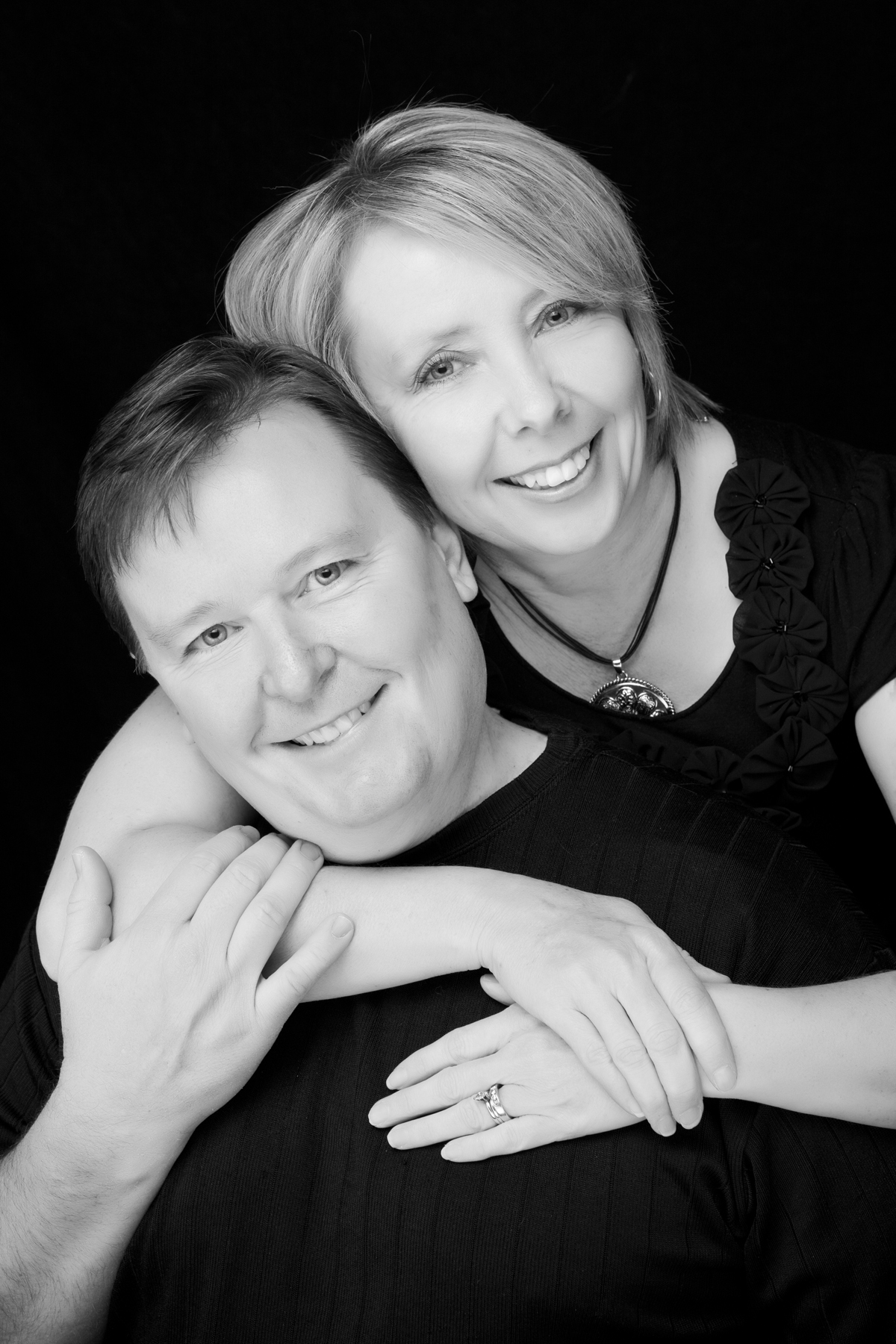
10 Jun The Problem with Having a Hot Wife
Marriage is fraught with difficulties, requiring adjustments on both parts that can take careful planning and accommodation. Much of my work is helping good people to not become overwhelmed with discouragement when they learn to work within some of their inherent incompatibilities.
Ruth and I had been married three months when it became clear that we had problems.
Growing up I always preferred to sleep with the windows open and with minimal blankets. Each night—even in the middle of our east Idaho winter—I shut off any source of heat, threw open my window of my basement bedroom, and slid in under my single, neatly flattened blanket.
The colder the better, in my book. I recall one particularly chilly morning in which I awoke to a thin layer of snow on my blanket. ‘Heaven!
As a teen I also had the good fortune to be the recipient of Uncle Ivan’s “eastern king” bed. Just right for his 6’ 6” frame, he gave it to me when he down-sized to a home that couldn’t accommodate the behemoth. There I slept like an eastern king, perfectly centered in my enormous bed under my wide-open window.
Life was good.
But, alas, with marriage comes challenges, some of which can seem insurmountable. When Ruth and i married I immediately learned that I had paired up with a “cacooner”—one of those types who wants the windows closed while rolled up like a flannel and fleece burrito.
The first few months were difficult, but love and the newness of marriage seemed to overshadow all. Then we moved to the hottest clime I had ever known—Provo—and the trouble began.
When we went to bed each night my dear wife curled up against me, threw one arm across my body, and promptly fell asleep. Somehow sleeping allowed her metabolism to change and her body heat spiked, leaving the side of my body touching her to sweat profusely. I squirmed silently until I was sure she was asleep, then carefully moved away from her to allow for at least some air space between the two of us. But just as I was about to fall asleep she invariably discovered my distance and closed the gap between us.
I had never before experienced claustrophobia but sometimes had literal panic attacks as I struggled to get some space and some sleep. I continued to inch away from the encroaching heat source until hovering precariously over the edge of the bed. Often I carefully got up from the bed and snuck around the other side, only to have Ruth roll over and discover my new location.
After several weeks of distress and little sleep I woke one day to my lovely bride in tears. She had known all along that I had been trying to escape her at night and took it as evidence that I did not love her or want to be near her.
“But you are really hot,” I tried to explain.
“But I thought you liked that about me,” she protested through the tears.
“Yes, but I mean you sleep really hot…” and I explained how it affected my ability to sleep. As silly as it seems now, that was a real challenge for us in those early months. Our physical differences were such that it was truly a challenge to find some way for us both to get much-needed sleep at night.
I have worked with several couples who have described that very challenge. We were invited to dinner one evening by a young couple in our California congregation only to find that they were desperately seeking professional help, worried that their marriage would not endure the same mid-night game of heat-seeking cat-and-mouse.
It turns out this is one small example of common, natural differences between spouses—differences which can drive wedges between people who are not practiced and prepared to discuss, accept and accommodate those differences.
Dating is the place to begin such practice (though the sleeping thing is best discovered later, after you’ve entered marital vows). Wise daters engage in a wide variety of activities which allow them to explore, expose and work with their differences.
You might be interest to know that research from Neal Jacobson revealed that the average couple on their way to divorce reports ten areas of significant incompatibility. On the other hand, those who report happy, fulfilling marriages say they have ten areas of significant incompatibility. You do the math.
I have often discussed with clients three levels of marital negotiation: “Telestial negotiation”, as I call it, is about nudging and manipulating to get what I want. “Terrestrial negotiation” is about cooperating with my partner enough that she is willing to continue the relationship, but no more than necessary. “Celestial negotiation”, on the other hand, is about working hard to help my partner get what she values, while she tries to help me.
That type of negotiation is not natural; it is divine.
Despite our obvious differences, it turns out my hot wife has turned me to the dark side, or the warm side, as it were. I’ve become a snuggler. But I still get up in the middle of the night and sneak the window open as wide as I think I can get away with it.
